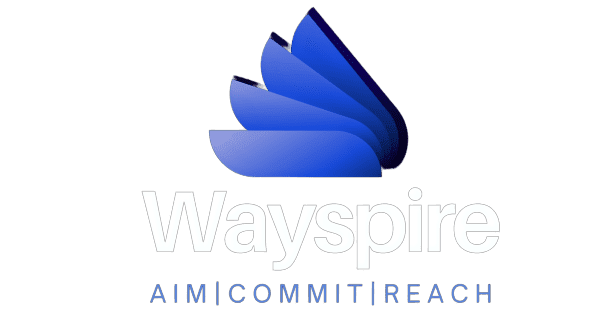The Challenge Of Global Learning In Public Education
April 26, 2023 2023-04-26 12:52The Challenge Of Global Learning In Public Education
The Challenge Of Global Learning In Public Education
For every person reading this quick preview, probably 18 more skimmed right past, busy trying to survive right here, right now. This makes sense.
Even when it does get attention, it is often bursting with rhetoric and emotion—discussed in tones of enthusiasm (we should do it—the students deserve it!) and grey stereotypes (we Zoom’d with a classroom in Peru last week—if that’s not global, I don’t know what is).
Global learning is becoming increasingly important in today’s interconnected world. It involves developing knowledge and skills that help students understand the complex global issues, cultural differences, and diverse perspectives. However, there are several challenges to implementing global learning in public education.
Firstly, there is a lack of resources for global learning in public schools. Many schools do not have access to the necessary materials, technology, or trained teachers to support global learning initiatives. This can make it difficult to provide a comprehensive global learning experience for students.
Secondly, there is a lack of awareness and understanding of global learning among teachers, parents, and administrators. Many educators may not fully understand the value and importance of global learning, or may not know how to integrate it into their curriculum. This can lead to a lack of support for global learning initiatives, and a limited impact on student learning.
Thirdly, there are cultural and language barriers that can make global learning challenging in public schools. Many students may come from different cultural and linguistic backgrounds, which can make it difficult to create a shared understanding of global issues. Additionally, educators may not have the language skills or cultural knowledge necessary to effectively teach global learning.
Despite these challenges, there are several strategies that can help to promote global learning in public education. These include:
- Providing professional development opportunities for educators to learn about global issues and how to integrate global learning into their curriculum
- Incorporating technology and digital resources to provide access to global learning opportunities
- Building partnerships with community organizations and other schools to share resources and expertise
- Fostering a culture of inclusion and respect for diversity in the classroom, which can help to create a shared understanding of global issues
In conclusion, global learning is a crucial component of public education in today’s interconnected world. While there are several challenges to implementing global learning initiatives, there are also strategies that can help to overcome these challenges and promote global learning in public schools.


